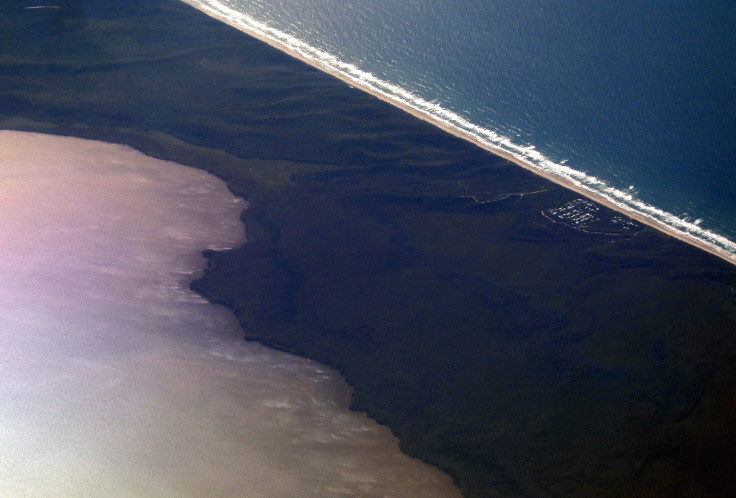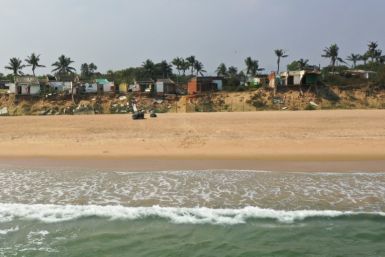Australia’s Great Barrier Reef coral bleaching a precursor to massive disasters; Sydney Harbour corals bleached

While experts seem to be divided on the fate of Australia’s Great Barrier Reef, the massive coral bleaching event is expanding at its own space and it seems nothing can be done. According to researchers, for the first time on record, it took only a handful of days for the unusually warm water in Sydney Harbour to bleach its coral population.
PhD candidate Samantha Goyen and Dr. Matthew Nitschke from the University of Technology, Sydney, found paled and bleached colonies of coral near Middle Head and Manly for the first time. However, Nitschke added that only one of the two main species of corals found in Sydney Harbour is affected.
“A warm water influx happened a few weeks ago, which we think was sustained for ... (up to) a week. It appears that week-long period was enough to cause bleaching,” Nitschke told AAP.
Bleaching occurs in corals when they are exposed to the sun or warm water for prolonged periods. Corals, especially the ones on top of boulders, are the most affected, as they have been exposed to maximum heat.
Nitschke hopes that the temperatures will go down before it’s too late. As corals can recover from bleaching, this time he is optimistic as water temperatures have cooled down a bit.
However, department of Biological Science at Macquarie University associate professor Joshua Madin is extremely shocked to witness this massive coral bleaching event. According to him, this is the worst case of bleaching ever in Sydney Harbour. He said that this bleaching event is an indicator of devastating environmental disasters that are going to hit our planet.
“We can't say at this stage what would be the effects on marine life in the harbour (if the coral were to die) but the point is it's an indicator of things to come, that the environment…and ecosystem are changing and it may start to affect other organisms,” Madin told 9News.






